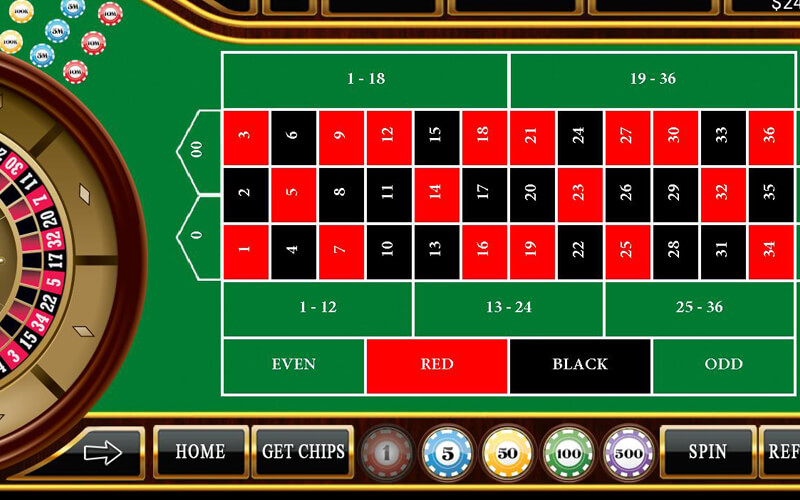Origin of America Roulette
American roulette can be called the younger sister of French roulette. It is mainly played in the United States, and its roots can be traced back to the classic game of roulette, with a few variations along the way to its present form. This original type of roulette is widely believed to have been invented by Blaise Pascal, the renowned scientist and mathematician.
The home of the first roulette wheel is believed to have stemmed from 17th century France when brothers Louis and Francois Blanc invented the original single-zero wheel. The wheel found its way into the United States late in the 19th century, where it underwent a few changes, foremost of which was the addition of a double zero. In the earliest versions of the American roulette wheel, the double zero took the form of an American eagle. This was how American roulette was born. It became very popular with Western gamblers, especially during the heydays of the California Gold Rush.
The game of roulette became so popular, in fact, that casino owners decided to add a zero to the wheel sections. The additional zero raised the odds of hitting the player's number from 1 out of 36 to 1 out of 37, therefore improving the odds for the house. Later on, American casino owners included another section to their version of the roulette wheel, this time with a double zero. The combination of the zero and double zero on the same roulette wheel further increased the odds for the house.

